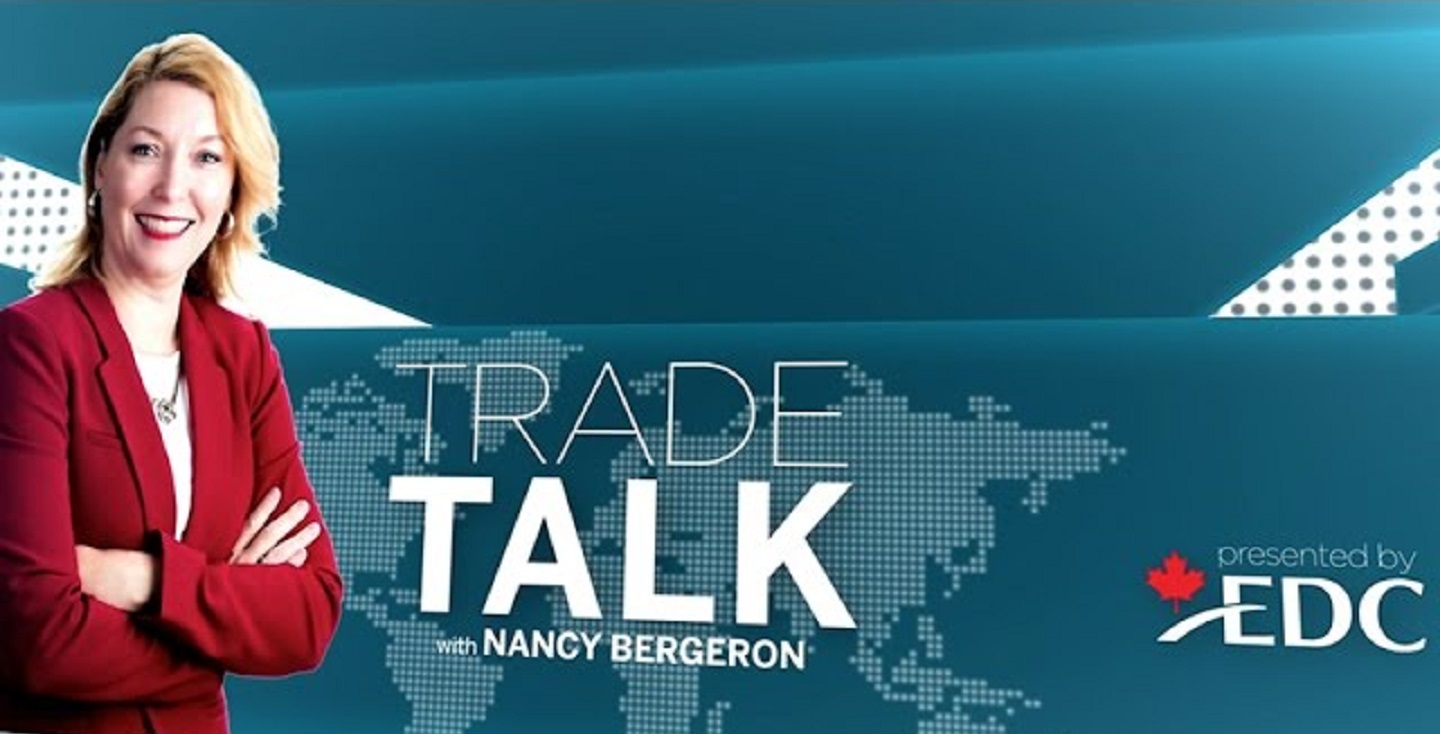
You’ve considered exporting or breaking into new markets, but are concerned by the level of risk? Is it really worth all the time, energy and expense? Only you can really answer that, but we can say with confidence that a well-executed global strategy is a proven path to success.
Here are five key ways exporting can help push your business forward:
1. Builds knowledge, networks and value chains
While it may nudge you outside your comfort zone at first, exporting pushes companies to form global business networks and dig deeper to truly understand their market and industry. This can help you adapt on the home front as well, especially if experienced and well-resourced international competitors start to move in on your Canadian turf.
2. Accelerates revenue growth and profitability
If your Canadian market is nearly saturated, or your product is approaching the end of its life cycle, expanding into new markets is an attractive option. Even if neither is true, evidence suggest companies that sell into international markets find ways to perform better.
According to the Industry Canada Survey on Financing and Growth of Small and Medium Enterprises, average revenues of exporters was $3.47 million, over twice the $1.57 million their non-exporting counterparts see. This makes sense after finding new markets, but exporters also saw profitability increase, with pre-tax profit margins of around 13 per cent compared to 11 per cent among non-exporters.
3. Enhances productivity and competitiveness
Expanding into additional and often larger markets can translate into operational efficiencies and economies of scale in production, logistics and human resources. It can also help you specialize by focusing on your core business and honing your competitive advantages, instead of needing to diversify to gain a higher share of the relatively small Canadian pie.
4. Fosters innovation
Innovation is driven by increasing your knowledge of overseas markets and experience as a global trader. You will know how the world markets (and even more crucially, your own sector at the global level) are evolving. This is especially vital for your company’s innovation strategies, since so many products have short market lives and must be either regularly updated or replaced by new products.
The numbers bear this out, with the number of exporters investing in R&D sitting at 23.5 per cent, more than triple the 7.3 per cent of non-exporters*.
5. Supports resiliency and longevity
Simply put, exporters tend to be less vulnerable to risk because they have diversified their customer and supplier bases, and are in a better position to weather market ups and downs.
The most feared risks of entering new markets include economic instability or slowdowns (which can happen anywhere), political unrest or violent upheaval, legal and regulatory uncertainty stemming from differing cultural or business practices, and any manner of unpredictable business interruption.
It is good business practice to be cautious and prepare for the worst. But many of these risks can be mitigated. Doing your homework is imperative to understand the market and business environment you are entering. Using government resources like the Trade Commissioner Service can help you navigate new markets. And perhaps consider EDC solutions like financing to pursue innovation or credit insurance to ensure you get paid.
There is certainly risk in pursuing global opportunities, but the danger of the status quo, especially in terms of innovation and competitiveness, can be just as great.
You can argue cause and effect, but evidence shows that Canadian companies achieving success in the domestic market will do even better by exporting internationally.
So why do only about 10 per cent of Canada’s SMEs trade internationally? It may be time to consider (or reconsider!) establishing or growing a global export strategy
* Source for all statistics: Survey on Financing and Growth of Small and Medium Enterprises. Industry Canada/Statistics Canada, 2015.






